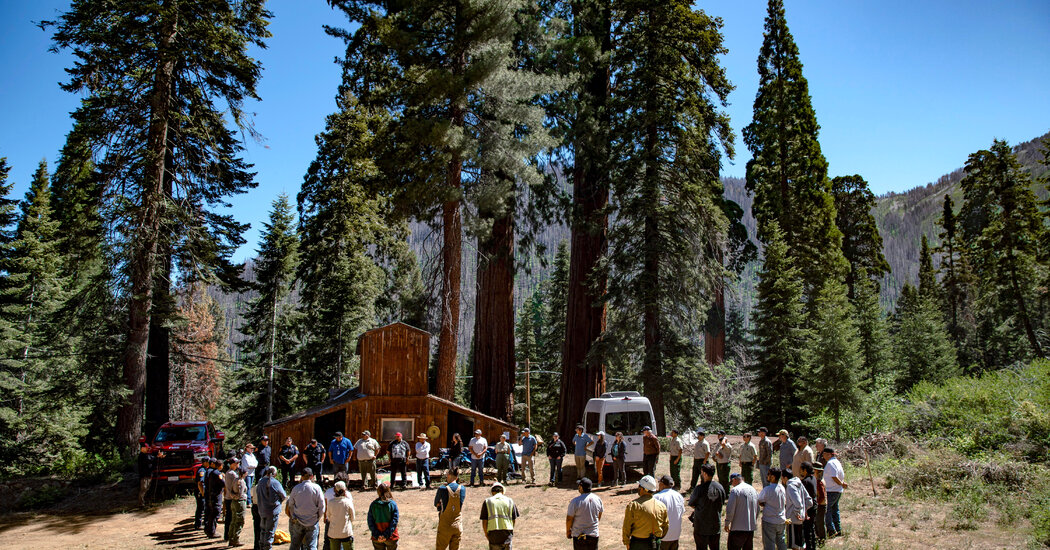A wake-up call
The ferocious Castle Fire in 2020 was the first of the extreme fires to strike the heart of the sequoia forests at the crest of the Sierra.
It was one of some 650 wildfires started across Southern and Central California by an unusual “lightning siege” — some 15,000 strikes over a few days. (Studies show that the type of lightning strikes that cause wildfires is increasing substantially as the climate warms.)
The fires burned more than four million acres in California, destroying an estimated 7,500 to 10,600 monarch trees — a species of sequoia that measures four feet or more in diameter. In all, 10 percent to 14 percent of the monarchs died.
“That was the devastating wake-up call,” said Clay Jordan, superintendent of Sequoia and Kings Canyon National Parks.
A second devastating alarm occurred a year later. The Windy and KNP Complex fires, also started by lightning, swept to the south and north of the Castle Fire region. They killed several thousand more monarch trees — 2,200 to 3,600, or as many as 5 percent of all of California’s remaining large sequoias, including trees on the Tule River Reservation.
“After the Windy Fire we said, ‘We’ve got to do something about this,’” said Harold Santos, a Tule River Tribe elder and an expert in traditional burning. The tribe approached the U.S. Forest Service and a nonprofit, the Save the Redwoods League, to revitalize burns off the reservation.
“Sequoias are elders to us because they have been here forever,” said Shine Nieto, vice chairman of the Tule River Tribe. “If they go away, we go away.”
The oldest known sequoia, one of three species of redwood, dates back 3,200 years. With some soaring to a height of 300 feet, sequoias, or sequoiadendron giganteum, are native only in a 15-mile-wide band for 250 miles along the western slope of the Sierra Nevada. About 80 groves of roughly 80,000 monarch sequoias are distributed in the band at altitudes of 5,000 to 8,400 feet.
